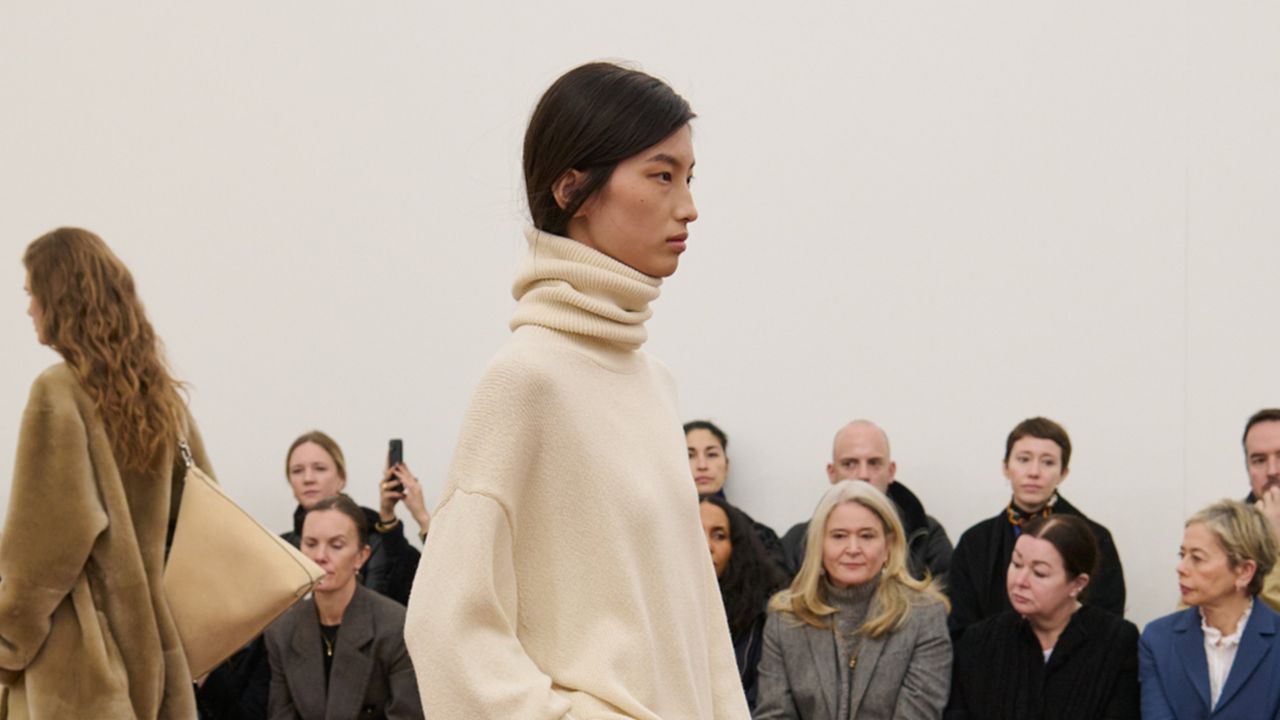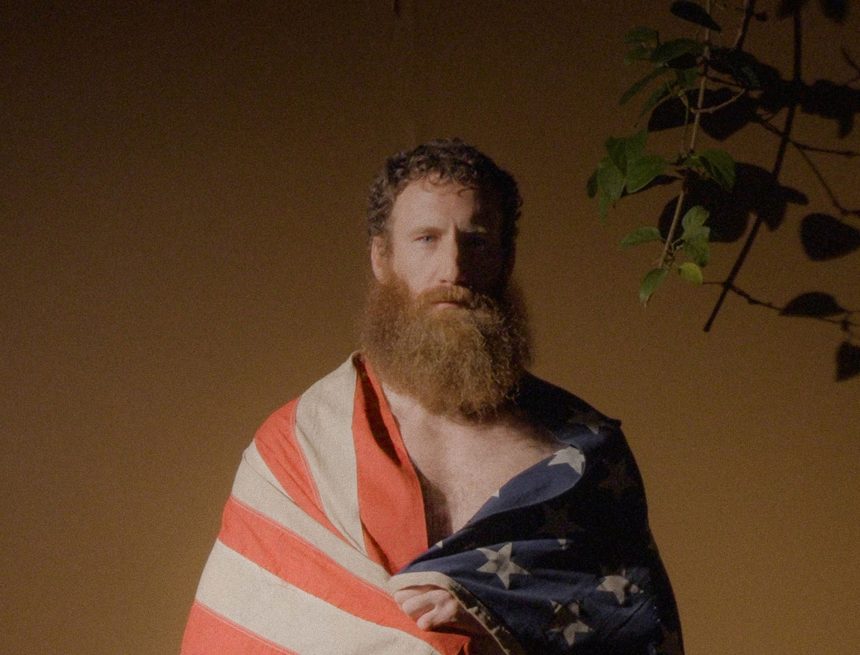Marina Yee, who died yesterday, stepped away from the fashion spotlight early on. Yet she was seen by insiders as a key figure in its development, not only as one of the “Antwerp Six,” but in building a Belgian approach to fashion, rooted in cerebral clothes, that supplanted the facile glamour of the ‘80s, setting a new fashion agenda. Alongside her own label, she influenced Martin Margiela, a former boyfriend, and was instrumental in the launch of Dirk Bikkembergs’ womenswear line.
Yee started at Antwerp’s Royal Academy of Fine Arts in the late ‘70s, just as punk hit the city like a truck. She described her school years as teeming with newly discovered possibilities with no visible limits. “I consider myself more as an artist who does fashion and not the other way around,” she said.
I first met Yee in Antwerp in 2013 at the celebration of the Antwerp Academy’s 350th anniversary and the 50th anniversary of its fashion department, where the ‘Antwerp Six’ — Walter Van Beirendonck, Ann Demeulemeester, Dries Van Noten, Dirk Van Saene, Dirk Bikkembergs and Yee — studied. She was hiding in the Academy’s courtyard. I don’t recall exactly what we talked about, only that she was teaching fashion at a university in Ghent, but I do remember that she looked at the hubbub around us with bemused curiosity. When she told me later, “I’m a lone wolf,” I understood what she meant.
Speaking about her work in an interview this past summer, Yee told me: “I like simplicity, because it’s hard to make, you have to peel away all the extras.” She had both respect for classic garments and their immaculate construction, and plenty of punk spirit to take them apart and reshape them in new, unexpected ways. “All of the Six have references to classical clothing,” she said. “We have that in common, appreciation of craftsmanship, for the inside of the jacket from the 1930s, hidden details, what’s on the inside. It’s something precious and modest.”
“When I started to make clothes, I threw clothes on the floor to see what would happen,” she continued. “Like a Dadaist, very conceptual in theory, but really it’s playing around. I was looking for my own style, I did not want to make something that already exists. I started making patchwork and graphics that did not match at all. Kind of ugly almost. But if you do it right, it can be strange, beautiful and interesting. That’s how I challenged myself, to make beauty out of ugliness.”
As the Six and Margiela began to build their careers, they drifted apart. Soon after Margiela’s runway debut in 1989, Yee decided to quit fashion. “He is the guy who made me stop,” she told me. “He took my person as an inspiration, the way I was cutting clothing, putting underwear over. I was the muse, and you take things that feed your creativity, the persona, the hair, the makeup. Some people said it’s Marina who’s walking there [in Margiela’s first show] and it was.” On her decision to stop her own line, she said, “I wanted to be my own inspiration and not inspiration for someone else.”
Yee went on to do other things. She had a child, she opened a café in Brussels, she designed for other brands. She became a teacher. But some in fashion never forgot her work. In 2018, Yee quietly relaunched her line, first as a capsule collection for a vintage store in Japan, and then as a full wardrobe offering. I recently saw some of her pieces at Dover Street Market in New York. Amidst the sea of ironic fleece and trying-too-hard frills, they still retained that ineffable and effortless cool of deconstructed sartorial sobriety.
Eugene Rabkin is the editor of StyleZeitgeist magazine.


